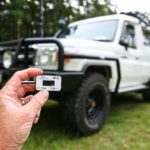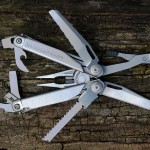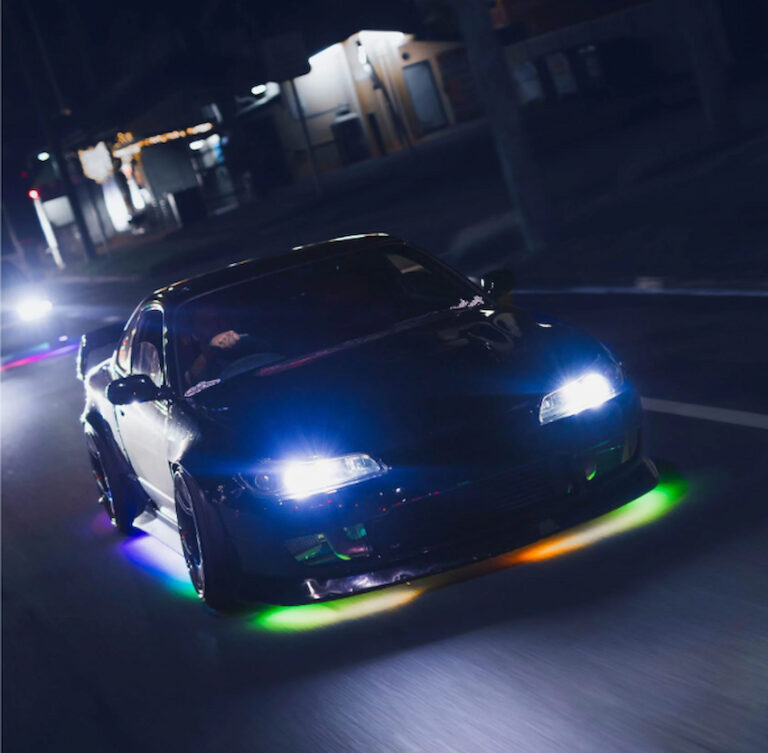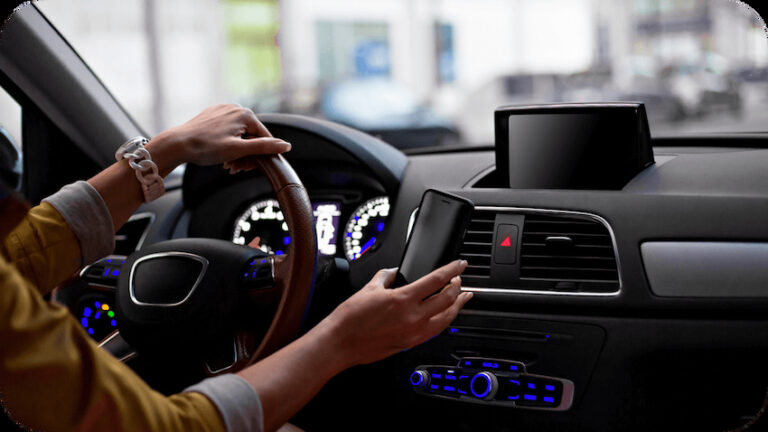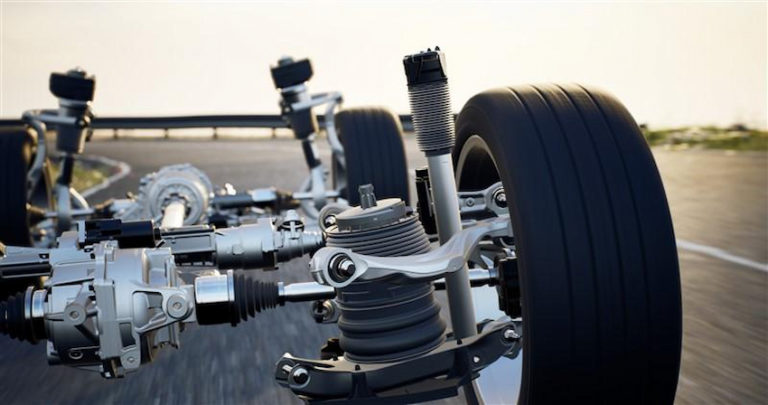Although it may not have the same foothold as its parent company Chrysler, Jeep managed to pull off a surprising feat a few years back, outselling the most popular large 4WD in Australia at the time, the Toyota Prado. Record sales of the Jeep Grand Cherokee were due to the combination of American muscle embodied in the large Hemi engines and solid off-road capabilities, based around a unibody chassis. The brand is synonymous with buyers’ expectations of what a real off-road vehicle should be.
Even if it triggered a whole new sector in the automotive world, recent sales figures haven’t been quite as successful. Buyers have complained about reliability problems, particularly mechanical and engine issues, with slower than expected power delivery from such powerful engines. The Grand Cherokee has been present in the Australian market for a decade, with 3-litre Mercedes-sourced diesels and various petrols, from the base 6-cylinder 3.6 litre to the range-topping supercharged 6.2 litres pushing over 700 horses. Naturally aspirated 5.7 and 6.4-litre petrols were also sold.
What are Throttle Controllers?
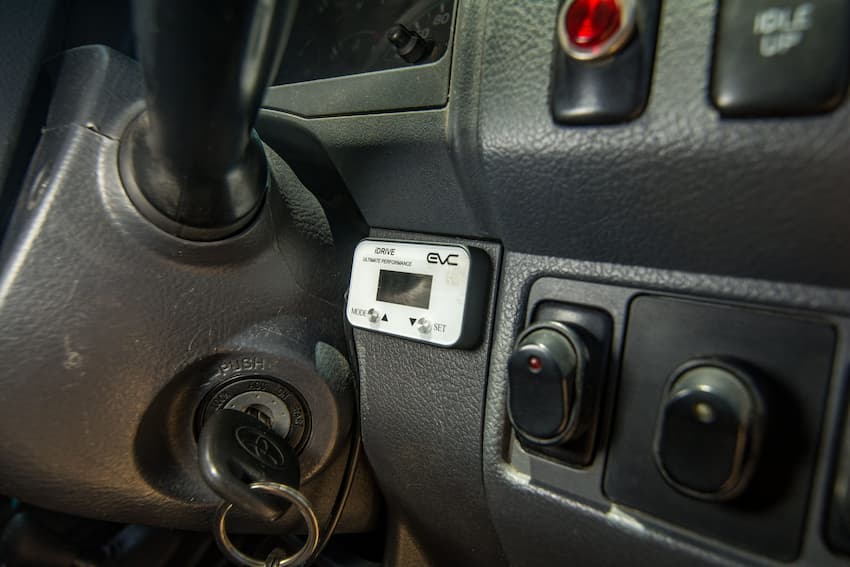
Throttle controllers are small electronic devices that manipulate the electronic signals that the acceleration pedal sends to the vehicle’s Engine Control Unit or ECU. In the fly-by-wire systems in modern cars, the ECU opens the throttle body according to feedback it receives from the electronic assembly, regulating the signal it receives from the pedal. The more pressure applied to the pedal, the more voltage sent to the ECU, allowing for more fuel. As a result, you can accelerate faster.
In some cars, however, this does not always work smoothly or at the expected speed. The throttle is either slow to engage, or there is some hesitancy that results in jerkiness. To fix such issues, the electronic throttle controller jeep grand cherokee will send a signal with more voltage at the same pedal position than a regular setup. This tricks the ECU to open the throttle body quicker. The result is quicker than usual acceleration that doesn’t mess with the ECU mapping, nor does it create more horsepower. It can, however, be understood as a more efficient and faster way of putting all those horses to work.
For larger engines, like the turbocharged diesels and petrols in the Jeep Grand Cherokee, this is especially important in reducing turbo lag times, or when the turbo kicks in. Diesels, in particular, will benefit from the reduced time in throttle response, picking up speed smoother and at a more linear rate.
Throttle controllers are designed to work in unison with other electronic systems. They won’t impede on the cruise control in cruising, or the ABS and Traction control systems when easing off on the acceleration pedal. This means they’re good at better acceleration and deceleration. The latter is important when going over slippery or wet tarmac, when taking sharp corners with a trailer hitched at the back, or for 4WDs when tackling hard off-road obstacles. If you regularly take your Grand Cherokee off-road, this can save you from the unwanted consequences of too much acceleration at the wrong time.
Benefits of a Throttle Controller for the Jeep Grand Cherokee
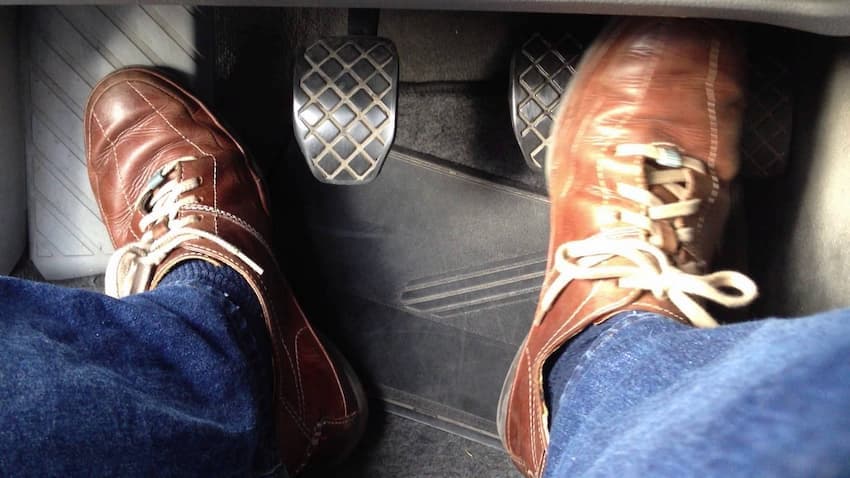
As with most newer cars, the Grand Cherokee has selectable driver modes that modify how responsive the acceleration is in certain driving situations. For everyday driving there is the Auto mode, and when you need a little more kick, there’s the Sport Mode. Terrain-specific modes include Sand/Mud, Snow and Rock Modes that also modify the suspension and responsiveness of the 4WD system and traction control. With a throttle controller, all these modes can be fine-tuned to get the precise throttle response where and when you need it. Throttle controllers have corresponding Sport or performance modes but are adjustable in up to ten incremental steps. Set in Sport mode 1 for barely noticeable changes in response times, or go to ten and see what 700 horses really feels like. You’ll be over the speed limit before you can say ‘throttle’ let alone control. Mind the boys in blue though.
The Auto mode in throttle controllers matches the Auto mode in the Grand Cherokee. Again, this is fined tuned, and programmed according to your driving style. It will smoothen out any jumpiness when you put the pedal down or release it suddenly. A good option if you don’t want any disturbances when driving as it handles everything seamlessly.
The Jeep terrain modes are handled by the Economy mode in the electronic throttle control Jeep Grand Cherokee. These are basically opposite of the performance modes, meaning the throttle engages later. The benefit here is the level of adjustability. You can precisely tune how responsive the throttle will be. For example, when attempting river crossings, the wheels get the right amount of spin without sudden bursts that can cause all sorts of trouble. Similarly, on sandy beaches, slower throttle responsiveness won’t let the car dig down in the sand and get you stuck. On the tarmac, the economy mode helps save on fuel, something in which big American engines don’t really excel. This will put the pennies in the piggy bank when in heavy traffic, or at the lights if your car doesn’t engage the Start/Stop system. You can switch between modes and levels at the flick of the wrist while driving.
Buying and Installation

Electronic throttle controllers for the Jeep Grand Cherokee are sold directly through manufacturers, some of which are based in Australia. They’re cheap and safe options that improve throttle response in a range of situations. And you can dial in any setting as you drive. Installation is easy and something you can do yourself. It takes only a few minutes and just needs an accessible place on the dash.

